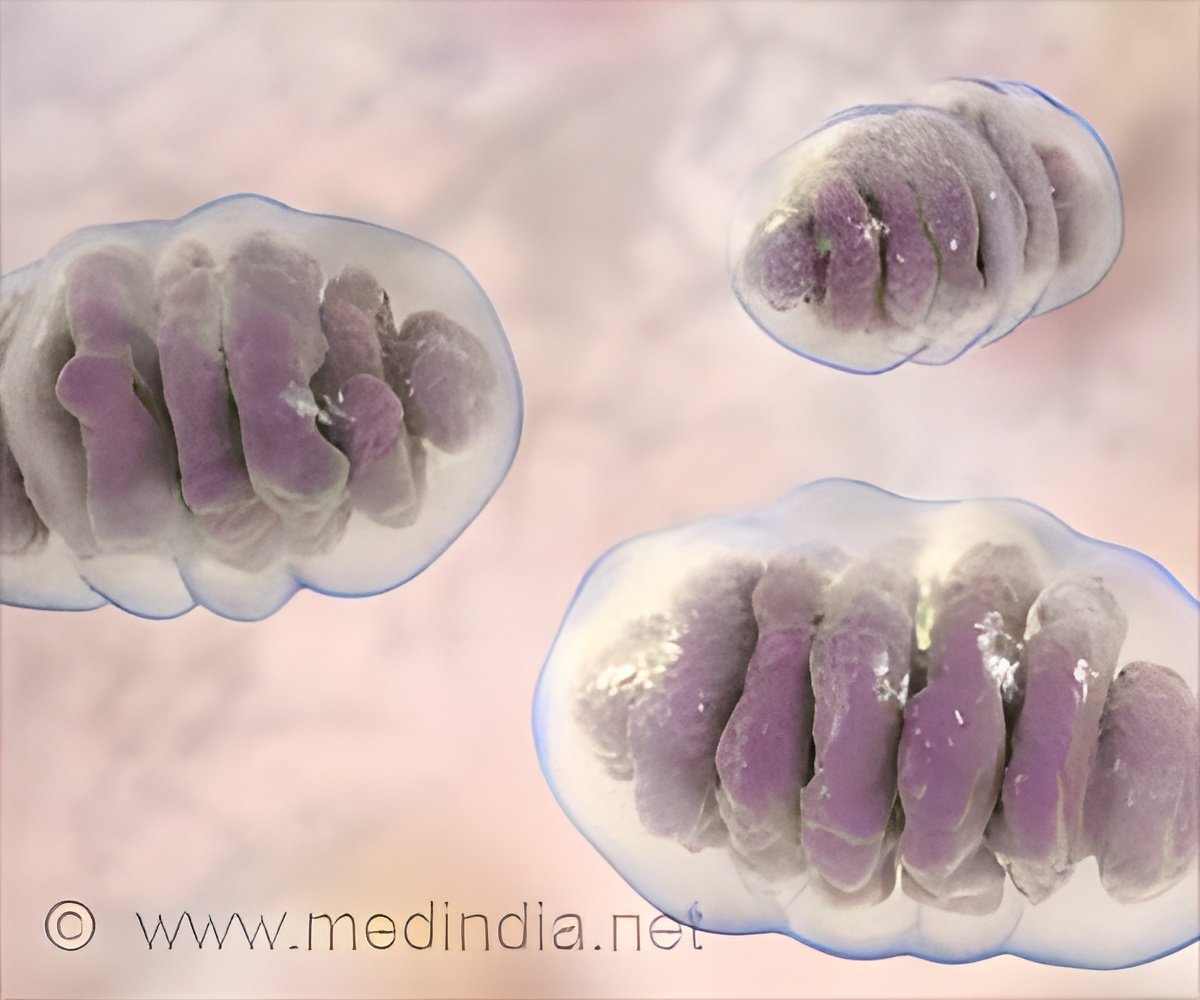Differences in mitochondria (powerhouse of the cell) of memory cells in the brain have been explored by a new study.

‘Differences in mitochondria (powerhouse of the cell) of memory cells in the brain have been explored by a new study, that helps deliver insights into social memories.
’





Further to this, the differences in mitochondria (powerhouse of the cell) of these memory cells in the brain has been explored by a new study at the Fralin Biomedical Research Institute at VTC with new five-year NIH (National Institutes of Health) funding. The study is further exploring the diverse bioenergetic and molecular characteristics of CA2 neuronal circuits to learn more about how social memories are formed, stored, and forgotten.
Hippocampus and Social Memory
“Impaired social memory is a phenotype of numerous neurological disorders, ranging from autism spectrum disorder to schizophrenia and Alzheimer’s disease. By unraveling the molecular nuances underlying healthy memory storage, we aim to pinpoint a host of potential interventional targets for neurodevelopmental, neurocognitive and neurodegenerative disease,” says Shannon Farris, assistant professor at the Fralin Biomedical Research Institute at VTC.
The more energetically demanding the neurons, the bigger, and abundant are their mitochondria.
Advertisement
“We know that different organs, tissues, and brain regions have unique mitochondria. But here we uncovered mitochondrial heterogeneity within a single brain cell,” says Farris, who also has an appointment in the Virginia-Maryland College of Veterinary Medicine.
With this unexpected discovery, the team further plans to dive more into the mitochondrial properties that are unique in influencing the social memory and behavior in mice.
Source-Medindia















